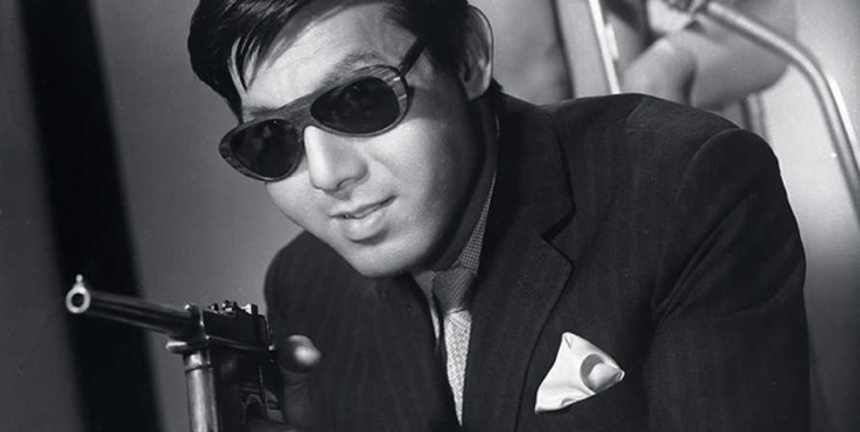Hey London! Celebrate 100 Years of Nikkatsu at the BFI this June!

But don't take my word for it, just read programme curator Jasper Sharp's impassioned introduction from the BFI website:
The festival kicks off this coming weekend with a screening of Suzuki Paradie: Red Signal from Kawashima Yuzo (whose Bakumatsu Taiyo-den was recently released in the UK by Masters of Cinema) and Furukawa Takumi's seminal Season of the Sun. Other highlights include A Colt is My Passport, Stray Cat Rock: Sex Hunter and a treasure trove of lesser known classics just waiting to be discovered.The oldest of Japan's film studios, Nikkatsu was established in 1912 as the Japan Cinematograph Company (Nippon katsudo shashin kaisha). Home to 'father of Japanese cinema' Shozo Makino, it fostered early directors like Kenji Mizoguchi, Daisuke Ito and Tomu Uchida, until restructuring of the industry by the wartime government in 1942 saw its production facilities hived off to form the new Daiei Corporation, with Nikkatsu surviving only in an exhibition capacity.In 1954, Nikkatsu resumed production, rising phoenix-like under the guidance of studio head Kyusaku Hori to carve out a unique identity in the highly competitive market of the postwar Golden Age. Its breakthrough came with the 1956 double whammy of Takumi Furukawa's Season of the Sun and Ko Nakahira's Crazed Fruit, kicking off a boom in so-called 'Sun Tribe' (taiyôzoku) movies. Such films, with their controversial youths-on-the-loose narratives and sunny beachside settings providing a Japanese mirror to Hollywood titles like Rebel Without a Cause and Blackboard Jungle, were emblematic of a new era of carefree hedonism and sexual liberation for a generation of postwar baby-boomers, and were soon emulated by other studios.In the 1960s, Nikkatsu cultivated its 'Borderless Action' (mukokuseki akushun) brand - the onscreen worlds drawing from American and European cinema and bearing little resemblance to contemporary Japanese reality. Produced at a conveyer-belt pace by directors including Koreyoshi Kurahara, Toshio Masuda and Takashi Nomura and featuring the company's 'Diamond Line' roster of matinee idols like Yujiro Ishihara, Hideaki Nitani, Akira Kobayashi and Jo Shishido, these gaudy mash-ups of genres including musicals, film noir, gangster movies and even American Westerns defined the company's product against its rivals. While the playful populism of most of its productions saw them fall beneath the radar of international critics, Nikkatsu's output as a whole remained eccentric enough to spawn talents such as Shohei Imamura and Seijun Suzuki.With the steady loss of innocence across the decade marked by the collapse of the Japanese studio system at its end, an era in Japanese cinema came to an end, although it would be Nikkatsu, arguably, who defined the new one too, when from 1971 onwards, it launched its new Roman Porno erotic line.
For the full cultural experience, don't miss Sharp's introductory lecture on 3rd June. If anyone knows this stuff, you better believe it's the author of Behind the Pink Curtain: The Complete History of Japanese Sex Cinema.

Do you feel this content is inappropriate or infringes upon your rights? Click here to report it, or see our DMCA policy.






